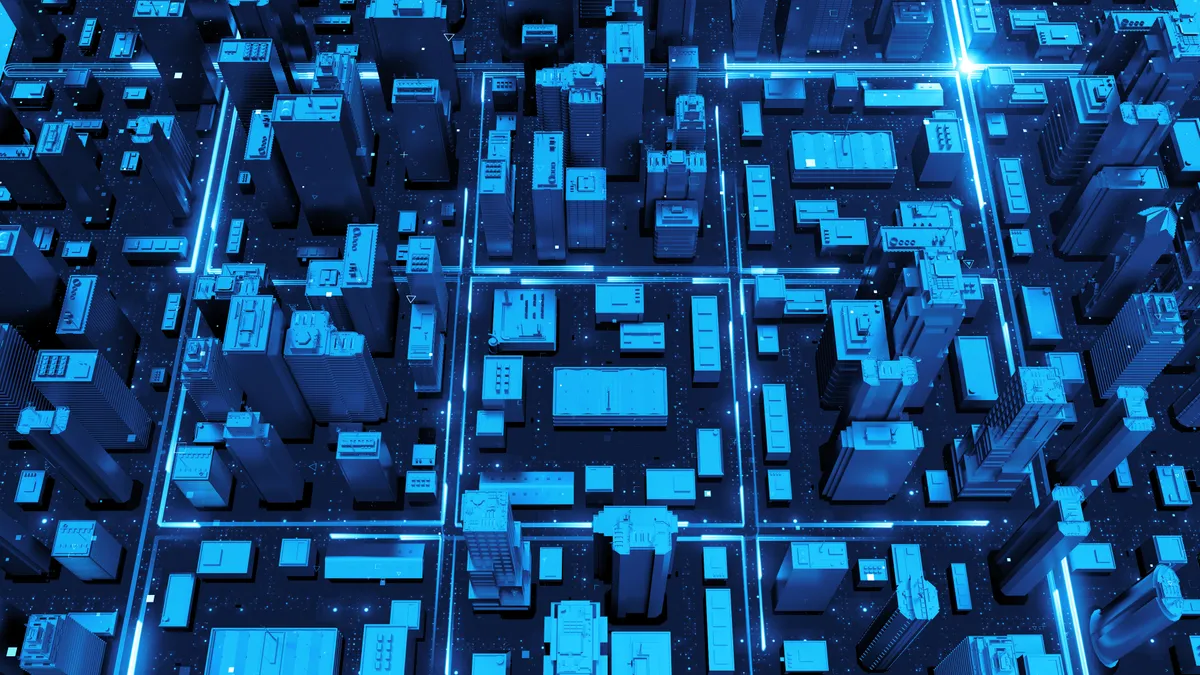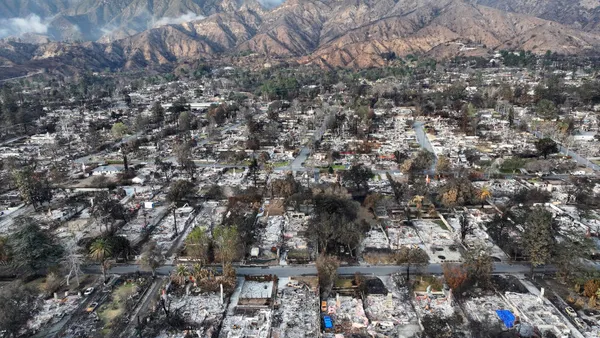Dive Brief:
- Mozilla has announced the winners of 14 grants in its Mozilla Gigabit Community Fund Program. The funding will be distributed to projects in Austin; Chattanooga, TN; Eugene, OR; Kansas City, MO; and Lafayette, LA.
- The projects all use high-speed internet of at least 1 gigabit per second to improve education and teacher training in the winning cities.
- The grants range from $10,000 to $30,000 each, for a total of $280,000 for this round of funding. Mozilla has now awarded $1.2 million in grants through its six-year gigabit program.
Dive Insight:
As more cities become gigabit communities — including recently-added Las Vegas, San Francisco, Lexington, KY and Colorado Springs, CO — there's a push to find new uses for the super-fast service. Although service providers often tout lightning fast download speeds that allow users to download 90-minute movies in 30 seconds, the average user doesn't fully comprehend the potential of a service that offers speeds up to 1,000 megabits per second. New York provides free gigabit Wi-Fi from its LinkNYC interactive kiosks, but again, the average user hasn't been properly informed of the potential such service holds beyond the "cool" factor of exceptional speed.
The Mozilla Gigabit Community Fund Program broke through that barrier and funded the development of projects that help communities with the ultra-fast internet service. This round of funding focused on education, both for enhancing student education and teacher training.
Education is an area that perennially struggles to secure adequate funding just for daily activities, much less innovation and technological advances. School systems are increasingly relying on partnerships to fill the gaps, such as with the partnership between Chicago and Apple to provide nearly 500,000 students with coding classes.
A number of the 14 projects that received grants centered on virtual reality (VR). Many people who hear that term automatically think of video games and might not understand what that has to do with education, but the project developers found ways to make it incredibly relevant. They use VR on the gigabit service to provide students, often underserved students in low-income communities, with alternative education methods and opportunities they otherwise would not have. Plus, gamifying learning can be successful in making the information more comprehensive, which helps it stick with students better.
A project in Lafayette and Chattanooga allows middle and high school students to take virtual reality field trips to solar energy plants, while another in Lafayette teaches students about broadcast and livestream technologies they can use as community journalists. A project in Eugene empowers at-risk students to be environmental watchdogs by using Geographic Information Systems (GIS) to track wetland restoration initiatives, and another environmental project uses VR to show students in Lafayette the impact of coastal erosion and climate change, especially the effects on a displaced Native American tribe. A project in Lafayette and Kansas City uses internet-connected emerging technologies such as robotic puppets and 3-D printing to teach history.
The funding doesn't stop at projects for students, though; it also extends to teachers, who are sometimes a forgotten group in the education sphere. Without their own training in emerging fields and technologies, teachers can't adequately educate students. One of the newly-funded projects in Lafayette trains elementary and middle school teachers about cloud-based programming and connected robotics, and one in Eugene will provide teachers at low-income schools with VR and video game development training. Another project in Eugene uses VR training to help teachers eliminate their unconscious biases, which could mitigate disproportionate suspensions and expulsions for minority students.
These programs and others are helping entrepreneurs to get more exposure for their technological advances and the benefits of gigabit internet service. They also help to bridge the digital divide that holds back low-income and minority residents from experiencing the same benefits of technology as more well-off segments of communities, which is a major concern as cities become increasingly connected.












